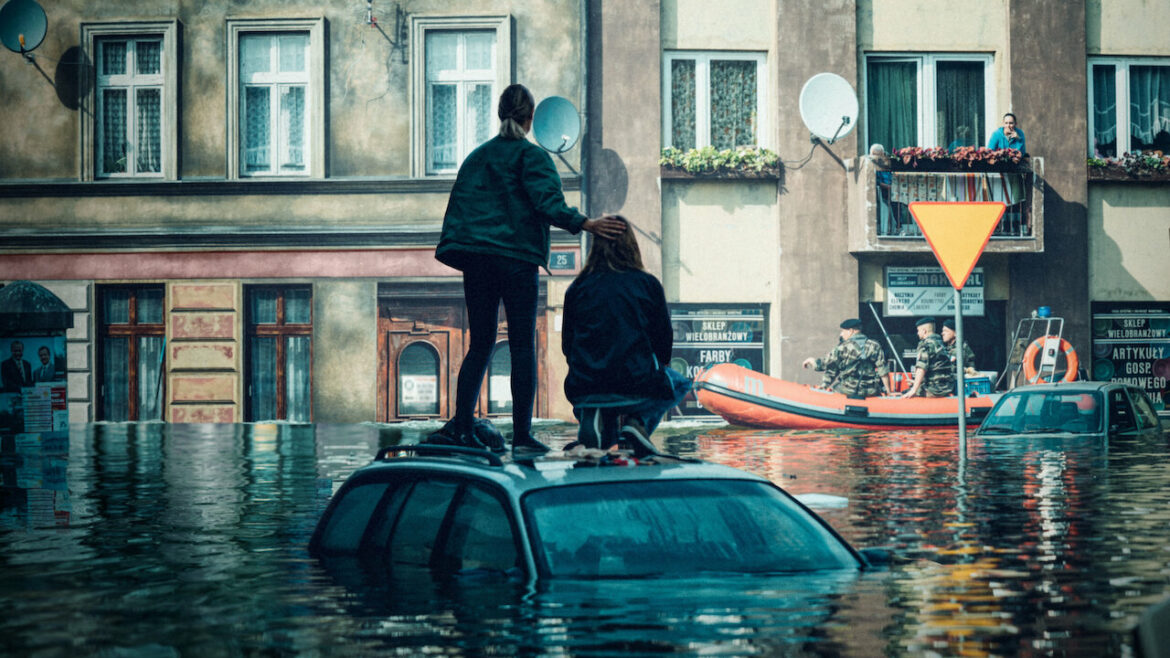Netflix reported, the series High Water (Wielka Woda) was watched in 10 million households worldwide one week after its premiere. The production was the second most-watched non-English language series on the service, ranking in the Top 10 in 78 countries, including Poland, Canada, Mexico, the US, Denmark, France, the UK, Morocco and Turkey.
“The High Water” is a disaster drama inspired by the events of the flood of the millennium, which hit southern Poland, including Wrocław in 1997. As a result of it, 56 people died and the damage was estimated at around $3.5 billion.
“The popularity of the production has enabled people from every corner of the globe to learn about an important part of Polish history. But what is most important to me is that regardless of the continent, viewers can identify with our characters. This is what we had in mind; to create a universal story about the strength of community and family against a catastrophe,” commented Jan Holoubek, format director of The High Water.
For the purposes of the series, the interior of the Poltegor office building in Wrocław, which played an important role in 1997, was replicated in the Warsaw studio. In 1997 it housed the editorial office of the Lower Silesian Television TeDe. In its premises an anti-crisis staff was set up, which worked with journalists on an up-to-date basis. TeDe then broadcast a non-stop flood service, announcements, appeals and information from flood victims.
The filming also took place at a large swimming pool in Srebrna Góra, where walls of tenement houses were erected, then painted, characterised and flooded to create a realistic-looking Wrocław from the time of the flood. During the seventy-eight days of filming, some 5,000 extras worked on the set.
The TV crew’s work in the village of Kęty, shown in the series, really happened. In reality, it was the village of Łany, where the inhabitants prevented the blowing up of an embankment that was being considered to lower the height of a flood wave approaching Wrocław.
Arkadiusz Słomczyński





